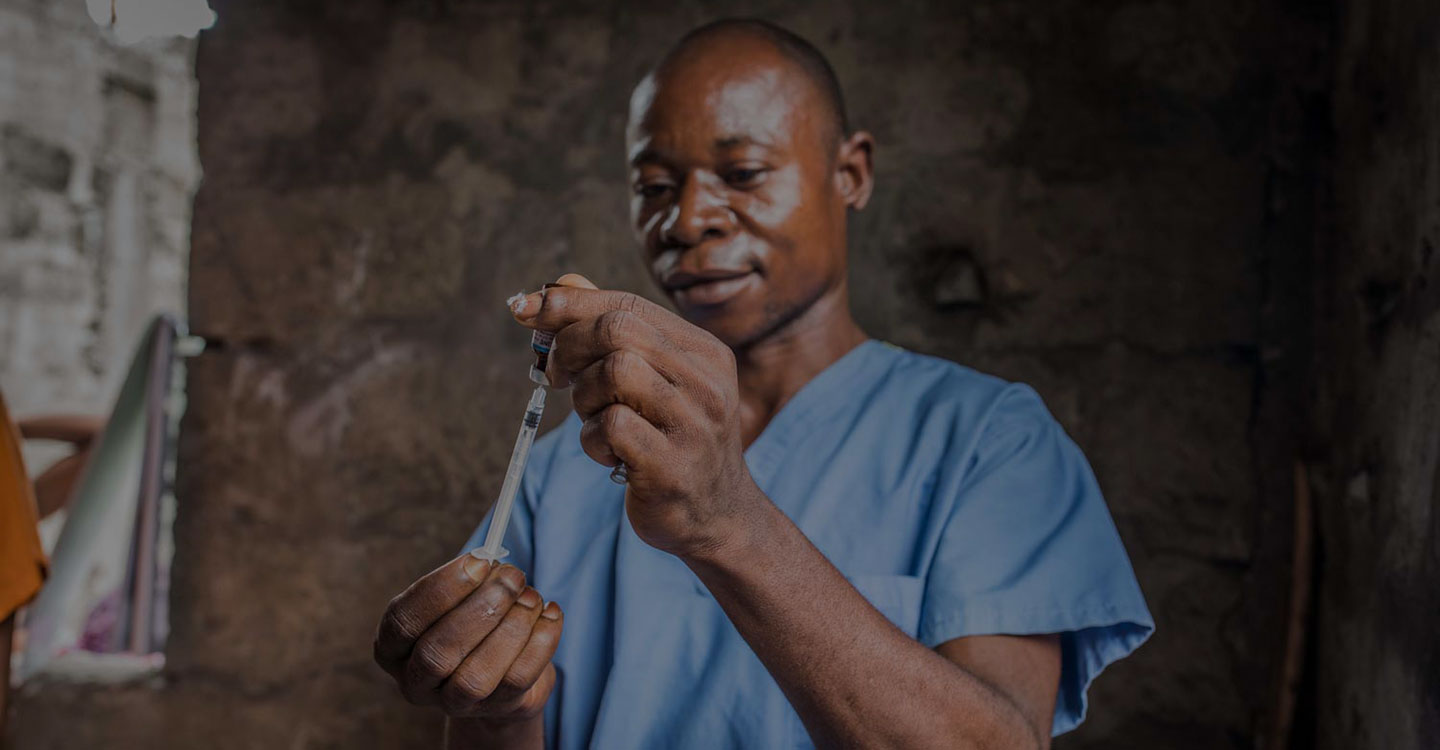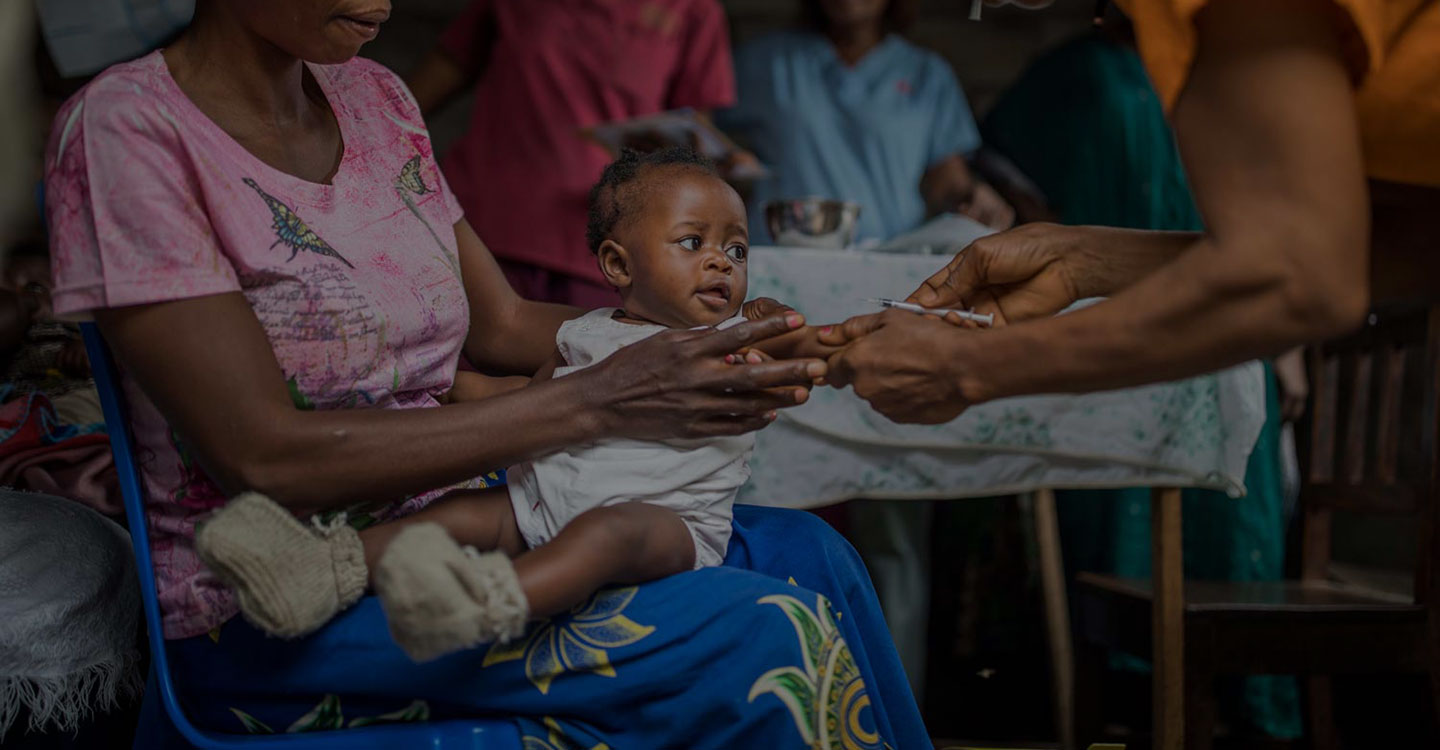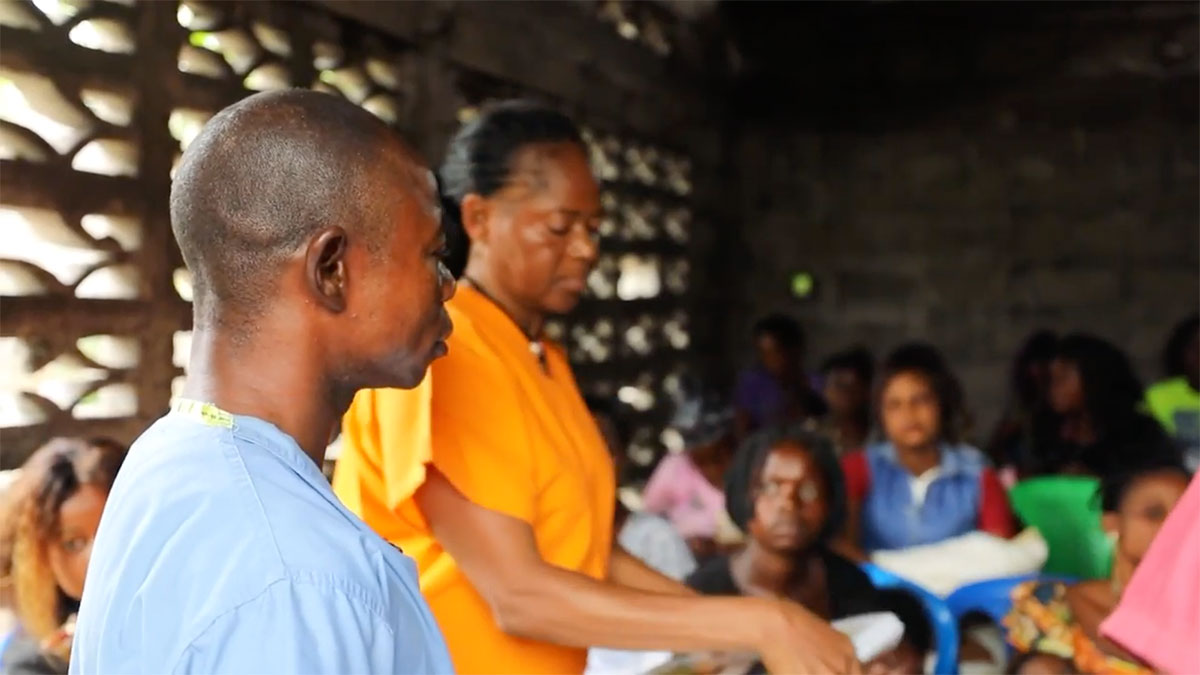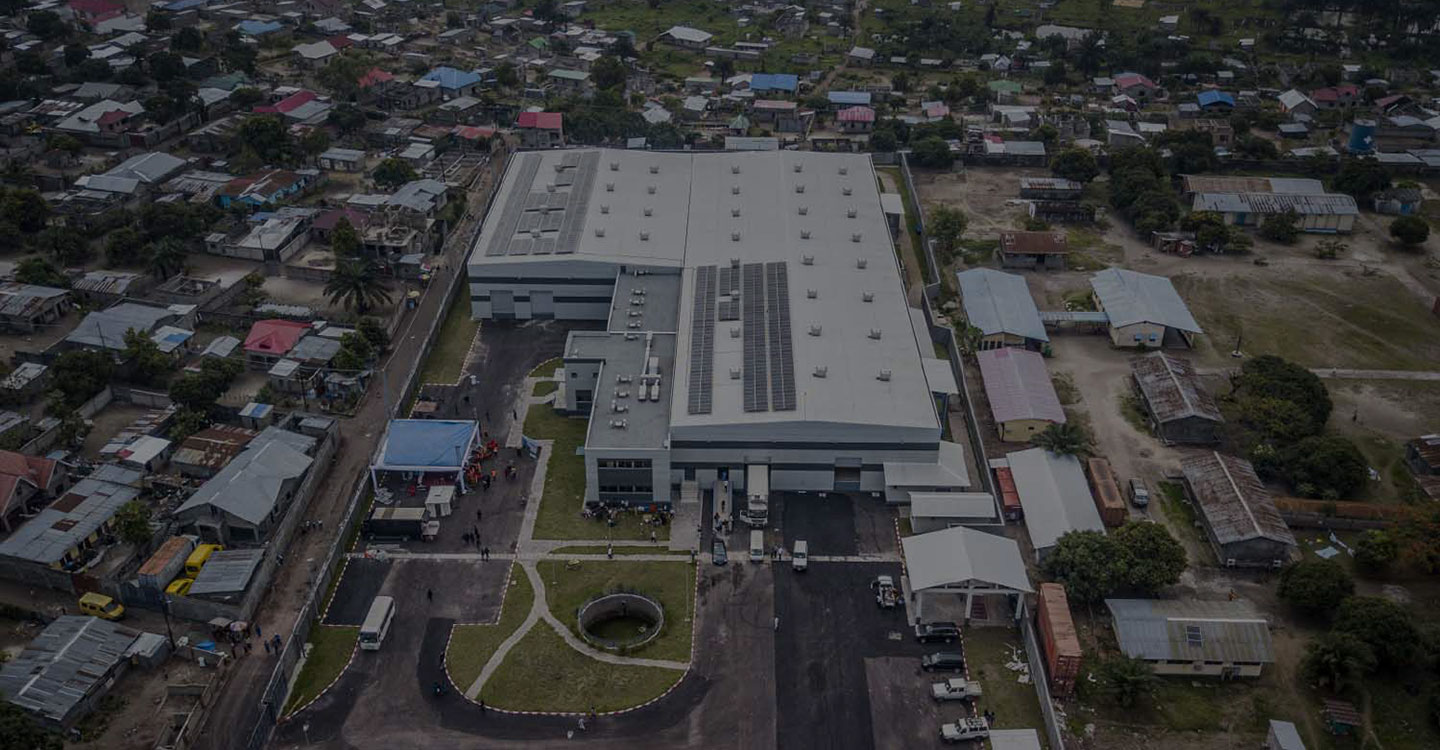DRC’s solar revolution
- 5 May 2018
- 5 min read
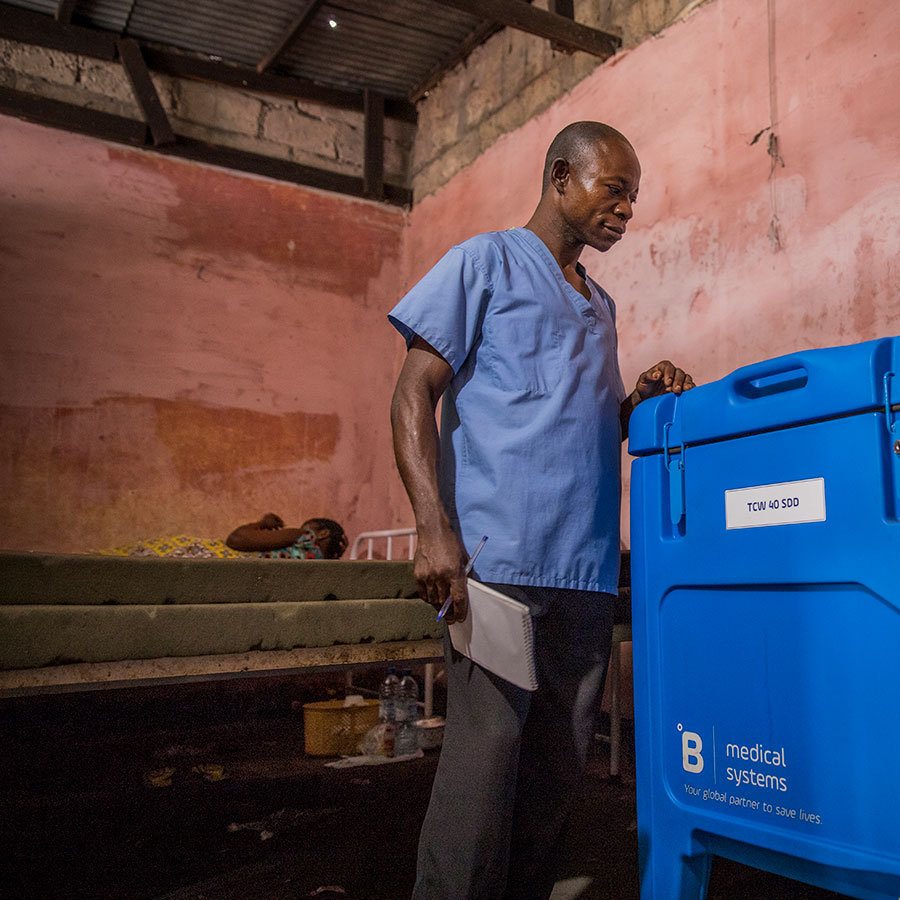
“We were only doing two or three vaccination sessions per month. We had to take the cooler back and forth to pick up the vaccines – a distance of four kilometres between here and the central office.
The only mode of transport, the motorbike, cost CF2000 (US $ 1.25) for each journey. That cost us a lot.”
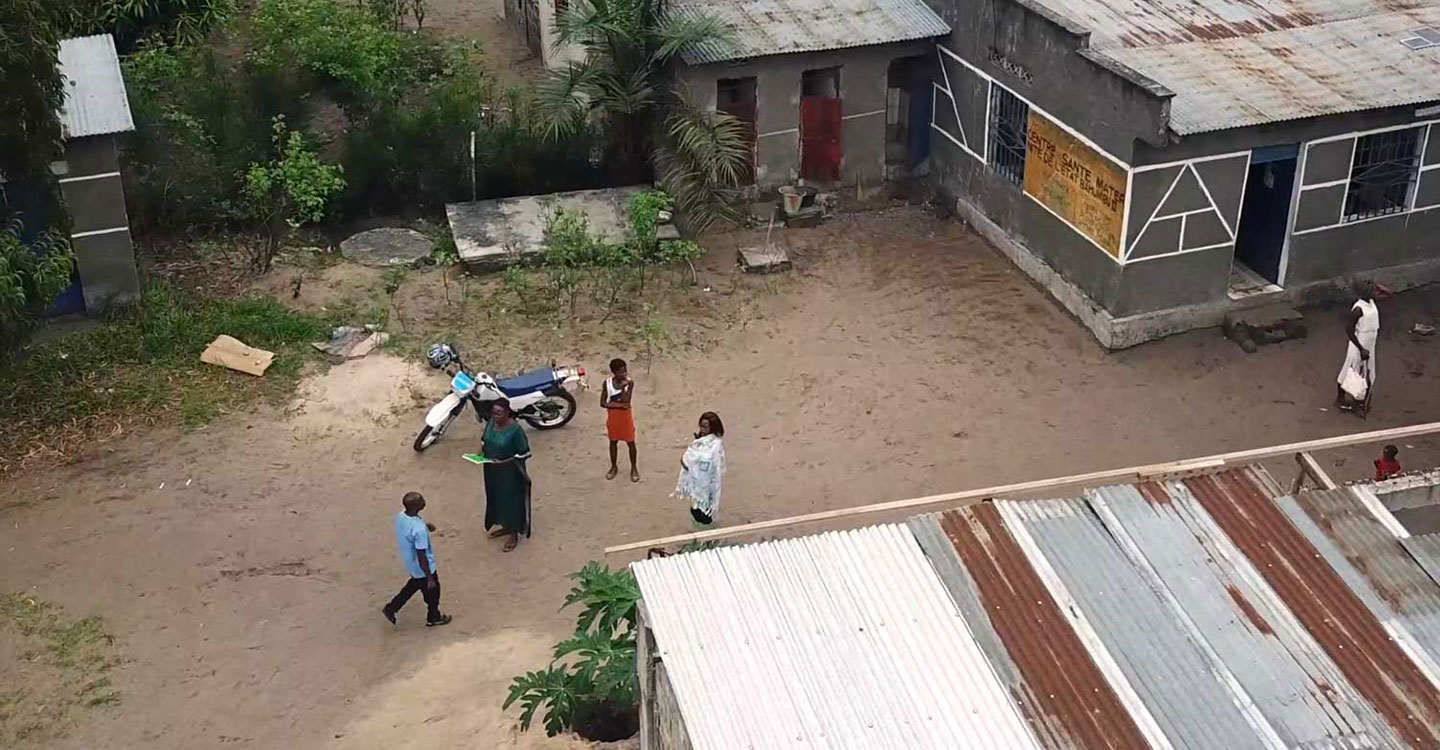
“We were only doing two or three vaccination sessions per month. We had to take the cooler back and forth to pick up the vaccines – a distance of four kilometres between here and the central office.
The only mode of transport, the motorbike, cost CF2000 (US $ 1.25) for each journey. That cost us a lot.”
In the DRC, this used to be the norm. In 2016, just 16% of health centres in the country had a working refrigerator. Those fridges in action tended to be antiquated versions fuelled by petrol - which were prone to fires, fluctuating temperatures or breaking down. This could be fatal to the vaccines they stored: vaccines are biological products that can lose their effectiveness if not consistently kept within a narrow temperature range. This is usually done by ‘cold-chain’ equipment such as fridges and cool boxes that keep vaccines chilled.
Petrol-powered fridges presented another major problem – they required large volumes of fuel to be transported to health centres, located across a country the size of Western Europe, that lacks good roads and is covered by forest.
“The distances here are too large to supply some areas with vaccines,” said Didier Maundé, Head of Logistics for the country’s Expanded Programme of Immunisation (EPI).
“Sometimes fuel was nowhere to be found either, or was too expensive. The cold chain was at risk, and it was having a negative impact on vaccination.”
This negative impact has contributed to a bleak outlook for the nation’s children. Despite some recent progress, every year nearly two million children still miss out on a full course of vaccines, contributing to one of the highest child mortality rates in the world: almost one in ten Congolese children don’t live to see their fifth birthday.
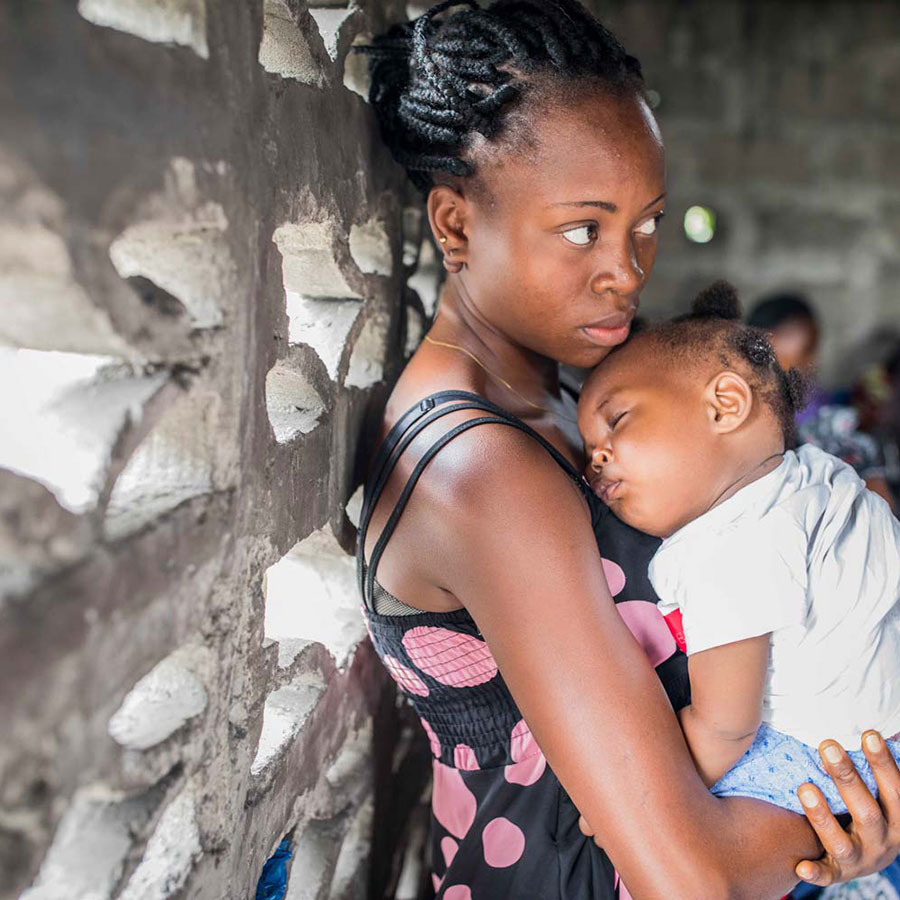
“The distances here are too large to supply some areas with vaccines,” said Didier Maundé, Head of Logistics for the country’s Expanded Programme of Immunisation (EPI).
“Sometimes fuel was nowhere to be found either, or was too expensive. The cold chain was at risk, and it was having a negative impact on vaccination.”
This negative impact has contributed to a bleak outlook for the nation’s children. Despite some recent progress, every year nearly two million children still miss out on a full course of vaccines, contributing to one of the highest child mortality rates in the world: almost one in ten Congolese children don’t live to see their fifth birthday.
In October 2018, the Ministry of Health, working closely with Gavi and other Alliance partners, launched a plan to boost the proportion of children getting a full course of vaccines by 15 percentage points by June 2020, meaning 220,000 additional children will be fully immunised.
A key part of this plan is to boost the proportion of health facilities with working cold chain equipment, from 16% in 2016 to 80% by the end of next year. It’s a bold target, but with help from Gavi’s Cold Chain Equipment Optimisation Programme (CCEOP) there has already been remarkable progress.
In the past two years, over 4,500 new fridges have been delivered to the country, with another 1,300 to arrive next year. Each will be a state of the art Solar Direct Drive refrigerator, powered by renewable solar energy. The majority of the funding has been provided by Gavi, with the World Bank, UNICEF, European Union and Congolese Government providing additional funds.
“The impact is visible,” Didier continued. “More and more vaccines are available in the field. The cold chain is now reliable, and long distances are less of a problem, since vaccines are available in more areas. Maintenance is now easier than with petrol-powered refrigerators. Temperature is also constant now. We even think that fairly soon we won’t have any more problems with petrol catching fire. Solar panels simply mean fires can be avoided.”
Victor received his solar fridge four months ago. “This has reduced the cost for us and increased the number of sessions. I think we are at ten sessions per month now. We are very happy to have this.”

“The impact is visible,” Didier continued. “More and more vaccines are available in the field. The cold chain is now reliable, and long distances are less of a problem, since vaccines are available in more areas. Maintenance is now easier than with petrol-powered refrigerators. Temperature is also constant now. We even think that fairly soon we won’t have any more problems with petrol catching fire. Solar panels simply mean fires can be avoided.”
Victor received his solar fridge four months ago. “This has reduced the cost for us and increased the number of sessions. I think we are at ten sessions per month now. We are very happy to have this.”
Solar fridges save lives
Another quiet revolution is taking place in DRC, that may benefit the country’s wider healthcare system.
The introduction of solar-powered fridges is helping to safely store vaccines in health care centres, from which they can be administered to people. But the country has also just opened a huge storage hub capable of storing millions of newly manufactured vaccines, and other medical supplies, before they are distributed to health centres.
In October 2018, the largest vaccine storage hub in Central Africa opened in Kinkole, just outside central Kinshasa. With a total area of over 5,000m2, the new state of the art facility has enough cold room space to safely store more than 200 million vaccine doses. It comes with transportation, including 150 canoes and boats powered by outboard motors, to help deliver them around the country and it will soon be joined by two major regional hubs. Combined, these will greatly reduce the need to distribute vaccines by air. For a nation that currently uses aeroplanes to deliver 80% of its vaccines to the provinces, this is expected to deliver massive long-term savings.
The hub, which was entirely funded by Gavi with technical support from UNICEF, will not just have an impact on the country’s immunisation programme. With 12,000m3 of dry storage space, the hub will also act as a national storage facility for drugs, consumables and medical devices from the National Pharmacy as well as other donors, giving a boost not just to the national immunisation programme, but the country’s primary healthcare system as a whole.
See full infographic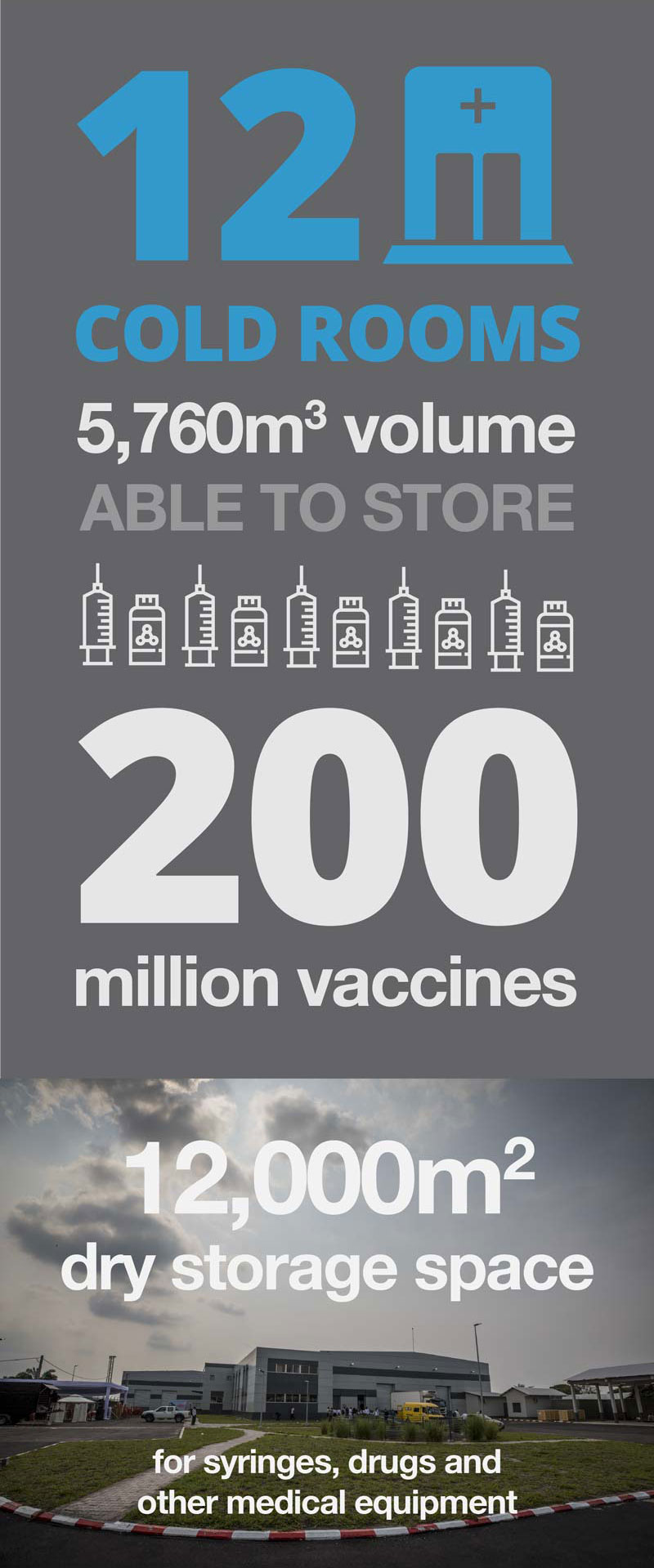
Another quiet revolution is taking place in DRC, that may benefit the country’s wider healthcare system.
The introduction of solar-powered fridges is helping to safely store vaccines in health care centres, from which they can be administered to people. But the country has also just opened a huge storage hub capable of storing millions of newly manufactured vaccines, and other medical supplies, before they are distributed to health centres.
In October 2018, the largest vaccine storage hub in Central Africa opened in Kinkole, just outside central Kinshasa. With a total area of over 5,000m2, the new state of the art facility has enough cold room space to safely store more than 200 million vaccine doses. It comes with transportation, including 150 canoes and boats powered by outboard motors, to help deliver them around the country and it will soon be joined by two major regional hubs. Combined, these will greatly reduce the need to distribute vaccines by air. For a nation that currently uses aeroplanes to deliver 80% of its vaccines to the provinces, this is expected to deliver massive long-term savings.
The hub, which was entirely funded by Gavi with technical support from UNICEF, will not just have an impact on the country’s immunisation programme. With 12,000m3 of dry storage space, the hub will also act as a national storage facility for drugs, consumables and medical devices from the National Pharmacy as well as other donors, giving a boost not just to the national immunisation programme, but the country’s primary healthcare system as a whole.
See full infographic